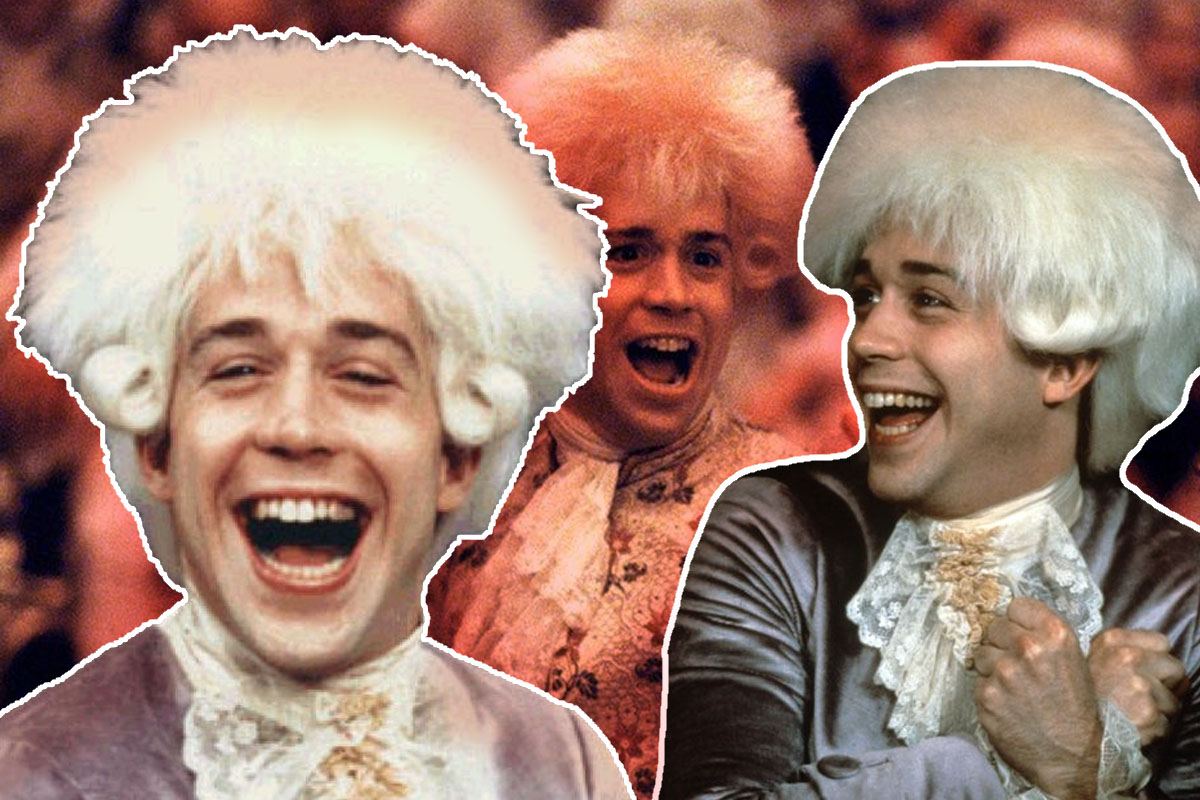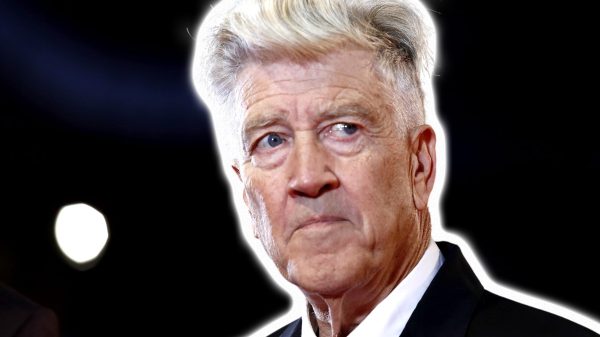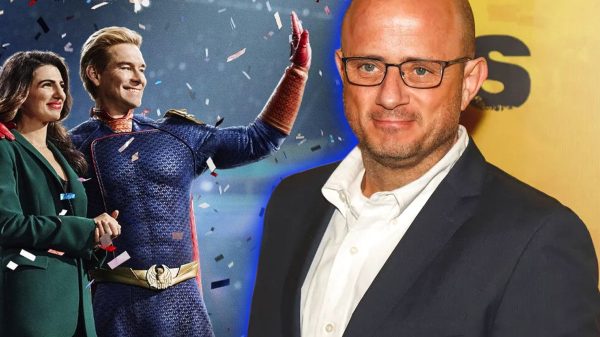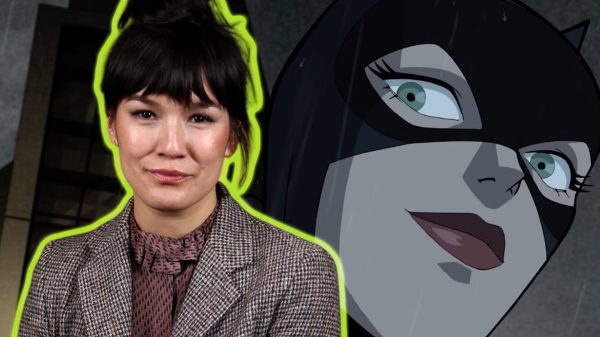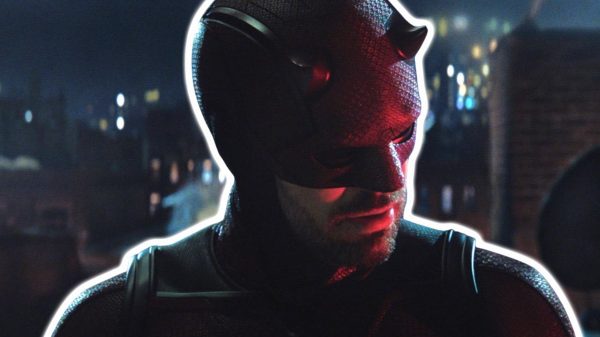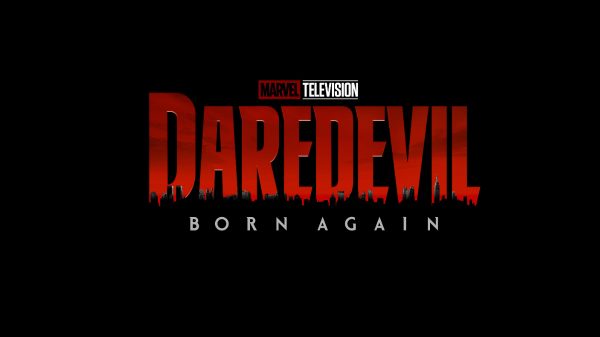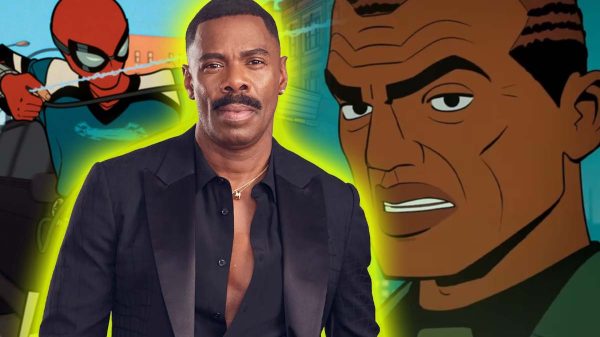If you’ve ever seen the 1984 classic film Amadeus, you’ll remember Mozart’s iconic, hysterical laughs. It’s one of those movie moments that’s hard to forget. But have you ever wondered how accurate that laugh is and how it came to be? Let’s dive into the story behind the laugh that’s now synonymous with Mozart.
Tom Hulce’s Take On Mozart
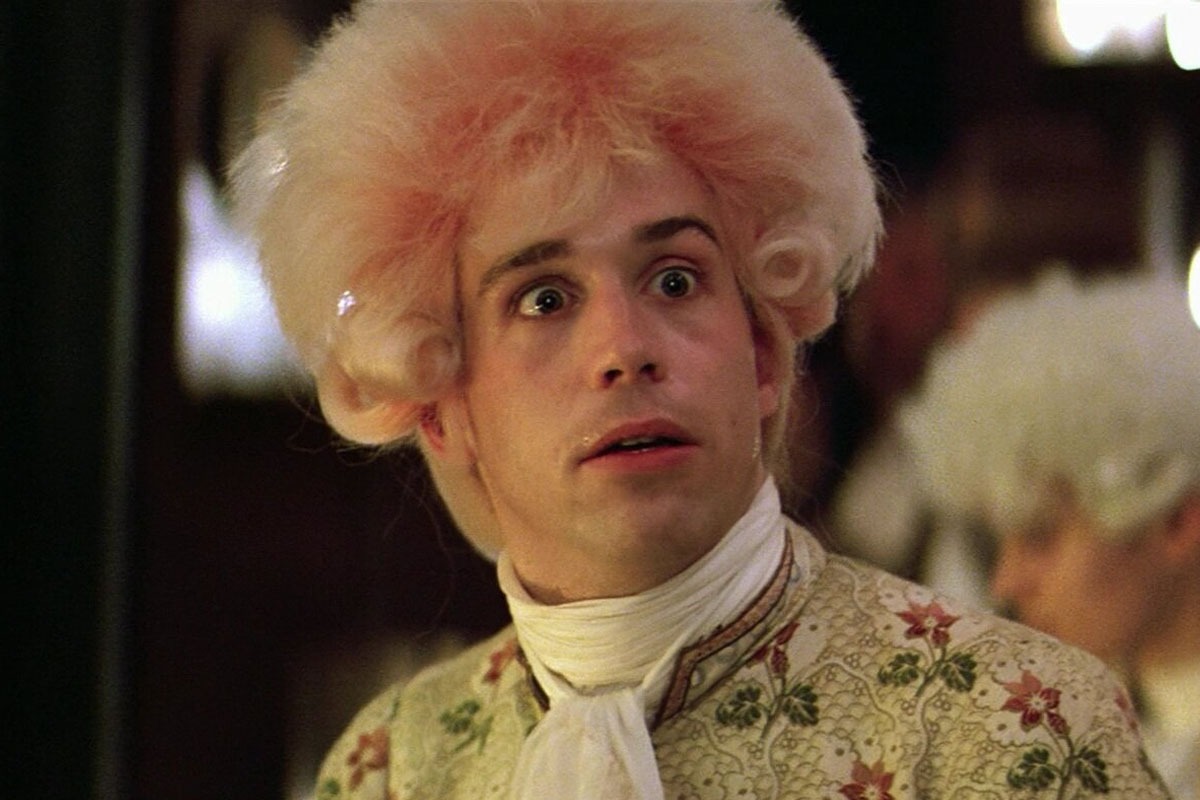
Tom Hulce, the actor who brought Mozart to life on the big screen, had quite the task in creating a memorable portrayal of the musical genius. When Milos Forman, the director of the film, asked Hulce to come up with “something extreme” for Mozart’s laugh, Hulce definitely delivered. Here’s what he had to say about it: “I’ve never been able to make that sound except in front of a camera.”
The Real Mozart’s Laugh: Fact or Fiction?
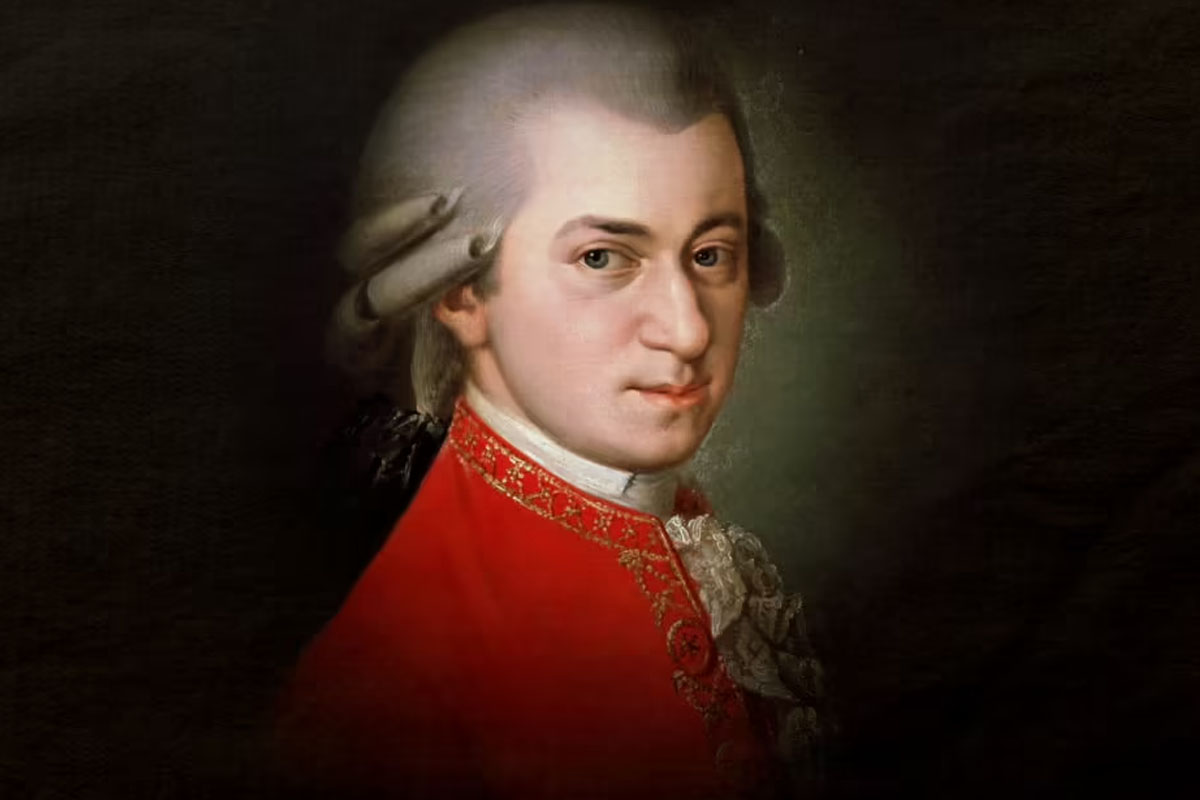
So, was Mozart’s laugh in the movie an accurate representation of the real deal? Well, there are some historical reports that suggest Mozart had an obnoxious laugh, but they’re pretty dubious. It seems that the laugh in the movie was more of an artistic choice to capture Mozart’s eccentricity rather than a faithful reproduction of his actual laugh.
Milos Forman’s Vision For Amadeus
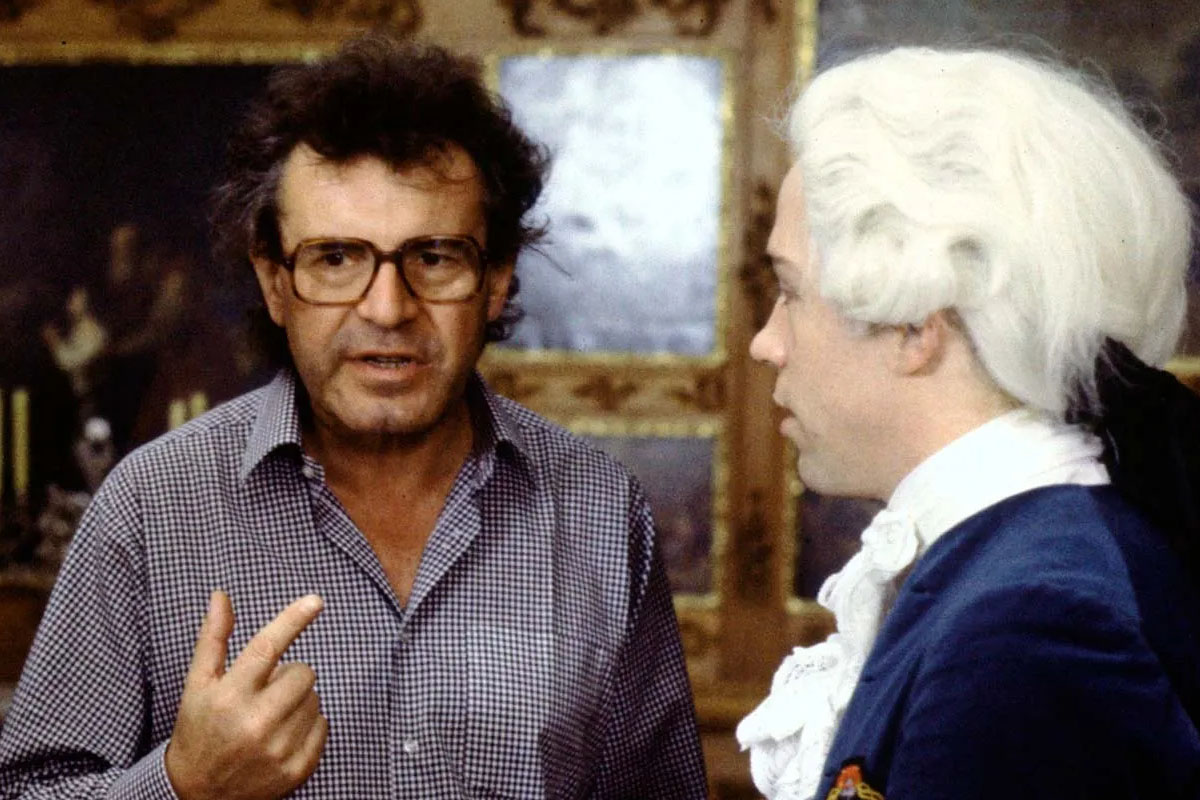
Director Milos Forman was all about creating a compelling, engaging film. He wasn’t too worried about sticking to every historical detail. Instead, he focused on bringing Mozart’s character to life in a way that would captivate audiences. Asking Hulce to come up with an extreme laugh was one of those decisions that helped make the character unforgettable.
Laughing All The Way To The Bank
Audiences loved Mozart’s laugh, and it’s one of the things that made Amadeus such a memorable film. That hysterical giggle became a symbol of Mozart’s eccentricity and genius. Even though it might not be historically accurate, it’s a testament to the power of storytelling and the lasting impression a well-crafted character can leave.
Amadeus may have taken some liberties with history, but it succeeded in creating a captivating portrayal of Mozart. The hysterical laugh, even if it isn’t completely true to life, has become an iconic part of the film’s legacy. It reminds us that sometimes, a bit of artistic license can lead to unforgettable moments in cinema.

